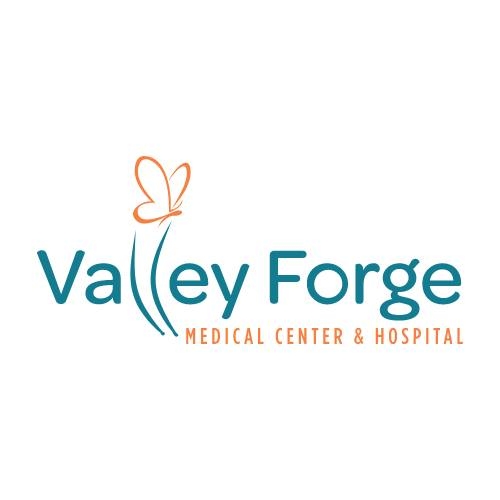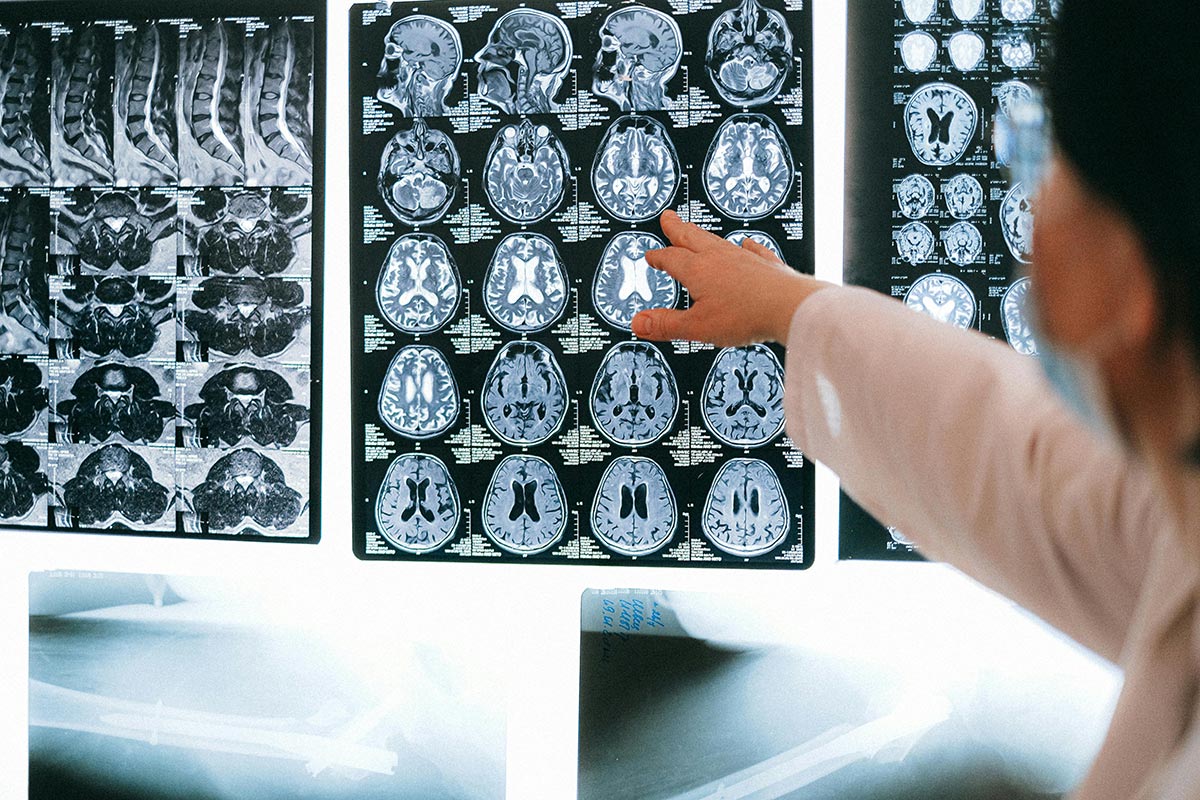
Drug Use During Pregnancy
The implications of drug use during pregnancy can have significant effects on both the mother and the baby. Understanding these consequences can help in making informed choices and accessing appropriate resources.

Impact on Pregnancy
Engaging in drug use while pregnant can lead to a myriad of complications. Research indicates that smoking tobacco, using marijuana, or consuming prescription pain relievers can increase the risk of stillbirth, doubling or even tripling the likelihood NIDA.
Type of DrugIncreased Risk of StillbirthTobaccoDoublingMarijuanaDoublingPrescription Pain RelieversTripling
Additionally, regular use of certain substances during pregnancy can cause neonatal abstinence syndrome (NAS), predominantly associated with opioids, but also possible with alcohol and other drugs. Exposure to these substances can result in withdrawal symptoms for the newborn.
Risks to the Mother
Drug use during pregnancy poses serious health risks for the mother. Not only can it lead to physical health complications, but psychological challenges may also arise. Pregnant women who struggle with addiction may find it difficult to access healthcare services, navigate prenatal care, and maintain a healthy lifestyle.
Moreover, withdrawal from substances like heroin or opioids can be dangerous. Abrupt cessation can result in severe repercussions for both the mother and the baby, including the risk of death for the infant. Thus, it is advised that women seek guidance from healthcare professionals for proper treatment and gradual withdrawal methods such as methadone or buprenorphine March of Dimes.
Risks to the Baby
The risks posed to the baby due to maternal drug use are both immediate and long-term. Babies born to mothers using illegal drugs during pregnancy can face complications such as:
Additionally, the combination of alcohol and tobacco use beyond the first trimester substantially increases the risk of sudden infant death syndrome (SIDS) by twelve times NIDA. Understanding these risks can guide mothers and families to make healthier choices that protect both maternal and infant health.
Awareness of the effects of substance use while breastfeeding and the potential long-term impacts of drug exposure on child development is essential in promoting a healthy future for the next generation.
Substance Use Statistics
Understanding substance use rates and trends is essential for addressing the risks associated with drug use during pregnancy. Various studies have highlighted the prevalence of drug, alcohol, and tobacco use among pregnant women, illustrating the challenges faced by healthcare providers and families alike.
Substance Use Rates
The rates of substance use among pregnant women indicate a significant concern. In 2012, data from a national survey revealed the following statistics:
SubstancePercentage of Pregnant Women Reporting UseIllicit Drugs5.9%Alcohol8.5%Tobacco15.9%
Additionally, from 2005 to 2014, reports showed that 11.5% of adolescent and 8.7% of adult pregnant women consumed alcohol, while 23% of adolescent and 14.9% of adult women used tobacco. These statistics point to a consistent level of substance use, underlining the need for effective prevention strategies [1].
Trends in Substance Use
Despite ongoing efforts to reduce substance use during pregnancy, the rates of illicit drug use among pregnant women aged 15–44 have remained constant at 5.9%. Alarmingly, the use of psychoactive drugs has been increasing, especially among young adolescent females, making them more likely than their male counterparts to engage in non-medical use [2].
Furthermore, approximately 40% of women participating in the IDEAL study continued to use methamphetamine during their third trimester, leading to severe developmental issues in their children. Cocaine use was also noted, with around 0.3% of women aged 12 and older reportedly abusing this substance, resulting in a myriad of adverse outcomes such as premature birth and lasting behavioral abnormalities.
These trends highlight the persistent challenge of addressing substance use in pregnancy and emphasize the importance of comprehensive care strategies aimed at promoting healthier outcomes for both mothers and babies. For a deeper understanding of the implications, consider exploring the risks of drug use during pregnancy further.
Effects of Specific Drugs
Understanding the effects of drugs during pregnancy is vital for the health of both the mother and the baby. This section will focus on the implications of tobacco, marijuana, opioids, and alcohol consumption during pregnancy.
Tobacco and Marijuana Use
Tobacco and marijuana use during pregnancy can have dire consequences. Research indicates that smoking tobacco or marijuana, taking prescription pain relievers, or using illegal drugs is associated with double or even triple the risk of stillbirth [3].
SubstanceIncreased Risk of StillbirthTobaccoDoubles to TriplesMarijuanaDoubles to Triples
Additionally, cannabis use among pregnant women in the United States increased significantly from 2010-2017, with past-month use rising from 3.4% to 7.0%. Although nonmedical use remains lower compared to non-pregnant women, these statistics highlight a growing concern regarding the impact of marijuana during pregnancy [3].
Opioid Use
Opioid use during pregnancy poses various risks and complications. Pregnant women who use illicit opiates can experience severe issues such as preeclampsia, premature labor, and placental insufficiency. Infants born to mothers who used opioids may face low birth weight, decreased head circumference, heart defects, and withdrawal symptoms after birth [2].
ComplicationEffectPreeclampsiaIncreased riskPremature LaborIncreased riskLow Birth WeightCommon outcome
Opioid use also significantly affects the development of fetal opiate receptors, which can lead to lasting impacts on the child's health.
Alcohol Consumption
Alcohol consumption during pregnancy can have serious ramifications, including fetal alcohol spectrum disorders (FASDs). Alcohol easily passes into human milk, affecting newborns who breastfeed. It is advised that mothers who plan on consuming alcohol should pump and store enough milk beforehand to feed their babies or use formula.
Effect of AlcoholDescriptionFetal Alcohol SyndromeA collection of physical and cognitive defectsAbsorption by BabiesAlcohol enters milk, affecting infants
Pregnant women should be informed about the risks associated with drug use during pregnancy to make safe choices for themselves and their babies. For more information on the consequences of substance use, consider exploring topics such as brain damage from drugs & alcohol and how to help someone with drug addiction.
Treatment Options
Addressing drug use during pregnancy requires a multifaceted approach that includes both medication-assisted treatment and behavioral interventions. Prompt treatment can significantly improve outcomes for both the mother and the baby.
Medication-Assisted Treatment
Medication-assisted treatment (MAT) is a critical option for women dealing with opioid use disorder during pregnancy. It involves the use of medications like methadone and buprenorphine to manage addiction and reduce the risks associated with withdrawal. This approach is essential as it decreases the likelihood of relapse and leads to better pregnancy outcomes. The use of MAT has not been linked to congenital malformations in infants NCBI Bookshelf.
MedicationPurposeNotesMethadoneOpioid addictionRecommended during pregnancy, reduces the severity of neonatal opioid withdrawal syndrome (NOWS)BuprenorphineOpioid addictionExhibits better outcomes for infants in terms of medication needs and hospital stayNaltrexoneOpioid addictionApproved but not recommended to start during pregnancy due to insufficient data
Early referral for comprehensive behavioral and medical treatment is vital. Implementing medication-assisted approaches can also mitigate the impacts of NOWS, with infants exposed to prenatal buprenorphine showing improved outcomes compared to those using other methods.
Behavioral Interventions
Behavioral interventions also play a fundamental role in supporting pregnant women struggling with substance use. These interventions may include counseling, psychosocial support, and education on the risks associated with drug use during pregnancy. Providing a supportive environment enables women to address their addiction more effectively.
In a recent study, over 40% of women continued using methamphetamine during their third trimester. Their children demonstrated notable health issues, such as growth restrictions, impaired motor coordination, and cognitive deficits Nature. Behavioral interventions focus not only on cessation but also on nurturing the mother-child bond and preparing for safe parenting.
Combining medication-assisted treatment with behavioral interventions results in a more comprehensive care plan, fostering better health for both mother and child. For those seeking help, resources for how to help someone with drug addiction can provide guidance and support.
Drug Categories and Risks
Understanding drug use during pregnancy requires knowledge of the categories that classify the risks associated with various medications. The FDA has established systems to help inform patients and healthcare providers about these risks.
Previous FDA Categories
Before 2015, the FDA utilized a five-letter risk category system for medications used during pregnancy, which included Categories A, B, C, D, and X. This system aimed to indicate the potential of a drug to cause birth defects if used by pregnant women. Each category was defined as follows:
CategoryDescriptionAAdequate and well-controlled studies failed to show any risk to the fetus. Examples: levothyroxine, folic acid. (Drugs.com)BAnimal reproduction studies have failed to demonstrate a risk to the fetus, but there are no adequate studies in pregnant women.CAnimal studies showed an adverse effect, but there are no controlled studies in humans. Drugs should be given only if benefits outweigh the risks.DThere is positive evidence of human fetal risk, but potential benefits may warrant use despite risks.XStudies in animals or humans have demonstrated fetal abnormalities or evidence of human fetal risk. Risks clearly outweigh potential benefits. Examples: atorvastatin, methotrexate. (Drugs.com)
New Labeling System
In 2015, the FDA replaced the prior category system with a new labeling framework to provide better patient-specific counseling and informed decision-making. This change aimed to address concerns that the old system left patients and providers misinformed.
The new pregnancy and lactation labeling system includes detailed narrative sections for each medication, focusing on the aspects of:
Additionally, the new system encourages participation in pregnancy exposure registries to collect data on drug use during pregnancy for better-informed outcomes. More comprehensive information can be found on Drugs.com. Understanding these classifications helps ensure safer choices regarding medication for pregnant women.
Harm Reduction Strategies
During pregnancy, it's essential to implement harm reduction strategies to protect both the mother and the developing baby from the potential adverse effects of substance use. Two key strategies include abstinence and counseling, as well as breastfeeding guidelines.
Abstinence and Counseling
Abstaining from all recreational substance use during pregnancy and breastfeeding is the safest option for mothers and their babies [4]. Counseling can provide essential support to pregnant women struggling with substance use, helping them make informed decisions for their health and the health of their child.
Counseling programs focus on educating women about the risks associated with drug use during pregnancy, including the potential impact on the baby's development. These programs can also assist in developing coping strategies and support networks, which are crucial for maintaining abstinence during pregnancy.
Here are some benefits of counseling for pregnant women dealing with substance use:
BenefitDescriptionEducationInforms about risks and safe practices.Emotional SupportProvides a space to discuss challenges.Coping StrategiesHelps develop techniques to manage cravings.ResourcesConnects to additional support services.
Breastfeeding Guidelines
When it comes to breastfeeding, understanding how substances affect breast milk is crucial. Alcohol passes into human milk and is absorbed by babies if they drink that milk [4]. Therefore, abstaining from alcohol during breastfeeding is recommended to prevent any negative impacts on the infant.
For women using medications such as benzodiazepines, it’s important to take the lowest possible dose while breastfeeding, as this can minimize exposure to the baby [4]. Additionally, women who use opioids should not abruptly stop taking their medications during pregnancy, as this can cause withdrawal symptoms that might affect both the mother and the baby.
Employing these harm reduction strategies can significantly contribute to the wellbeing of both mothers and their babies during critical stages of development. For further information on the implications of specific substances, explore the effects of drugs that may cause harm.
References
[2]:
[3]:
[4]:
[5]:
.svg)





